Place of worship of Quan Hoang Bo - Guardian god of the river region
According to folk legend, Quan Hoang Bo was originally a god who controlled the water world, and had great merit in helping the people of the Tra Ly - Ba Lat estuary fight against natural disasters and floods. One year, when the floodwaters overflowed, the dike broke, and the crops were lost, the villagers held a prayer ceremony and the god appeared to help build a dike to stop the flood. Since then, the people have recorded his merit and built a temple to express their gratitude. The place where the temple was built later became Hung Long village, and the temple was named Hung Long Linh Tu, the temple is associated with the belief in the protection of the sea god.
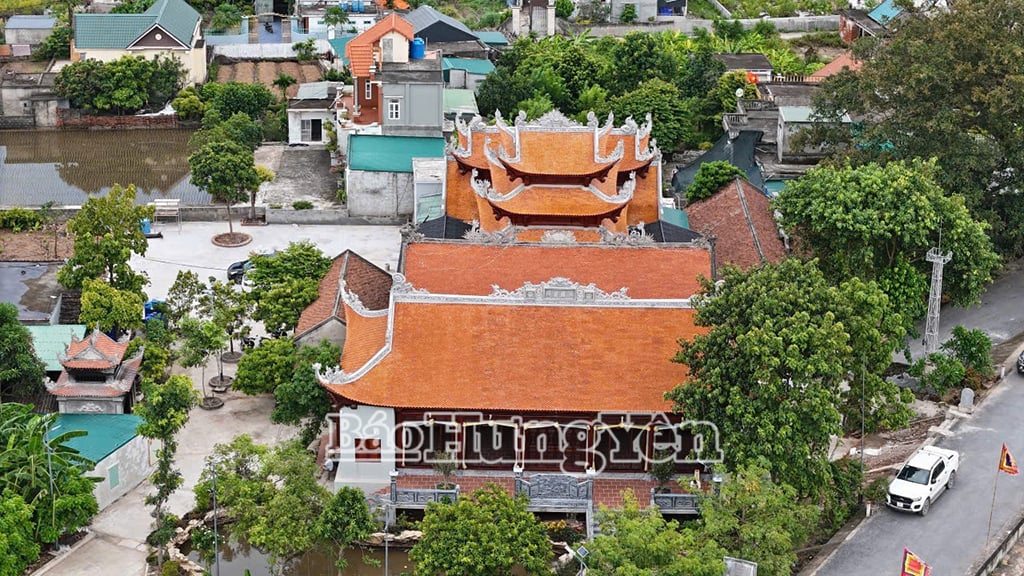
The temple has a traditional architecture typical of the Northern Delta, divided into four buildings: the front hall worships the Council of the Three Palaces; the middle hall worships the Council of the Four Palaces, the high-ranking mandarins and Saint Tran; the main hall houses the statue of Quan Hoang Bo; the forbidden palace worships the Mother Goddess and the jade statue of Quan Hoang Bo. The temple yard is spacious with a white horse statue, a large flagpole and hundreds of years old trees, creating a sacred and ancient space. Over the centuries, Hung Long Temple has been cared for and preserved by the people of the region as a spiritual support, a place to send wishes for favorable weather, national peace and prosperity.
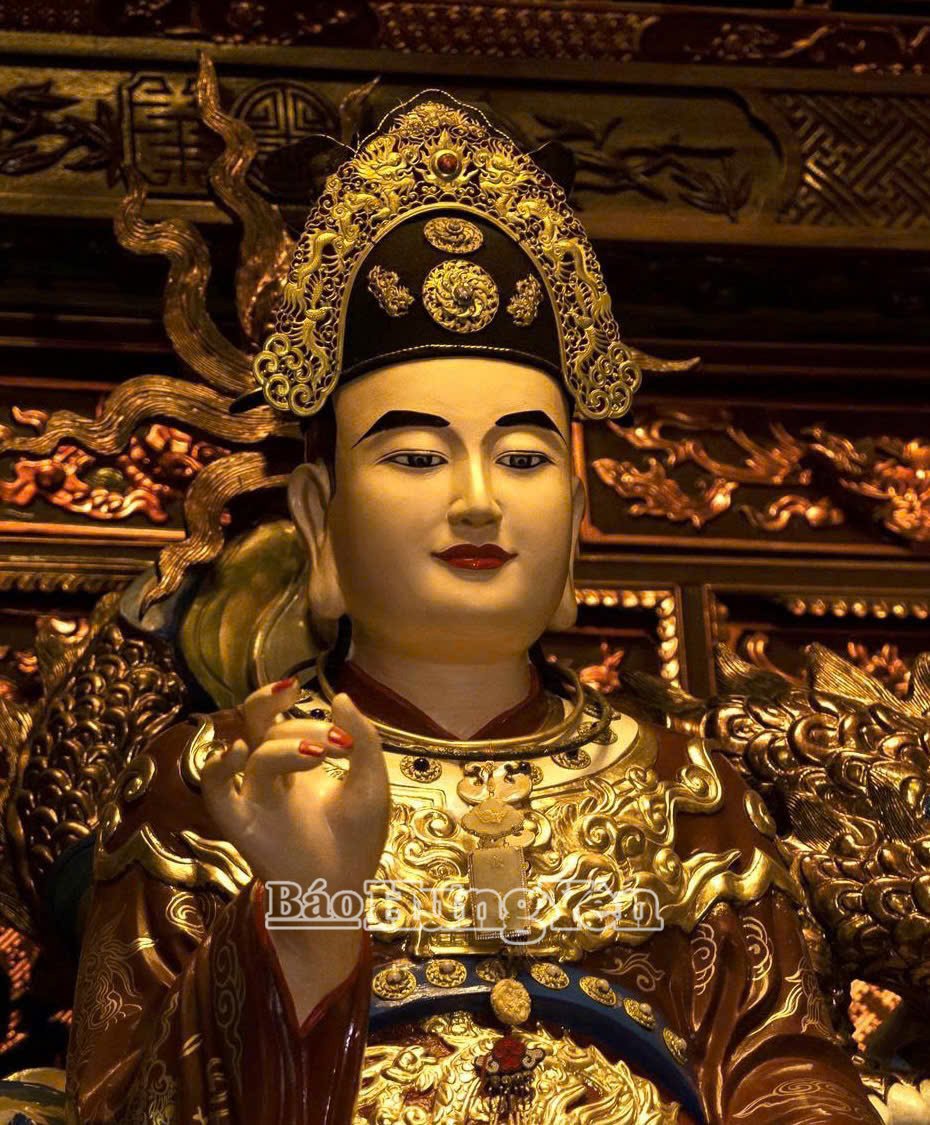
Monk Thich Nhan Tuan, Co-rector of Hung Long Temple, said: In the minds of coastal people, Quan Hoang Bo is a powerful god who can help their sea trips be smooth and safe; and can also help them catch a lot of fish, thereby bringing prosperity and happiness to their families. Therefore, before going on long trips, fishermen often offer offerings and pray at Quan Hoang Bo Temple to seek his protection and help.
Hung Long Temple Festival: Rich in folk culture, famous national heritage
Not only having religious value, Hung Long temple is also famous for its traditional festival held annually from the 10th to the 15th of the 6th lunar month.
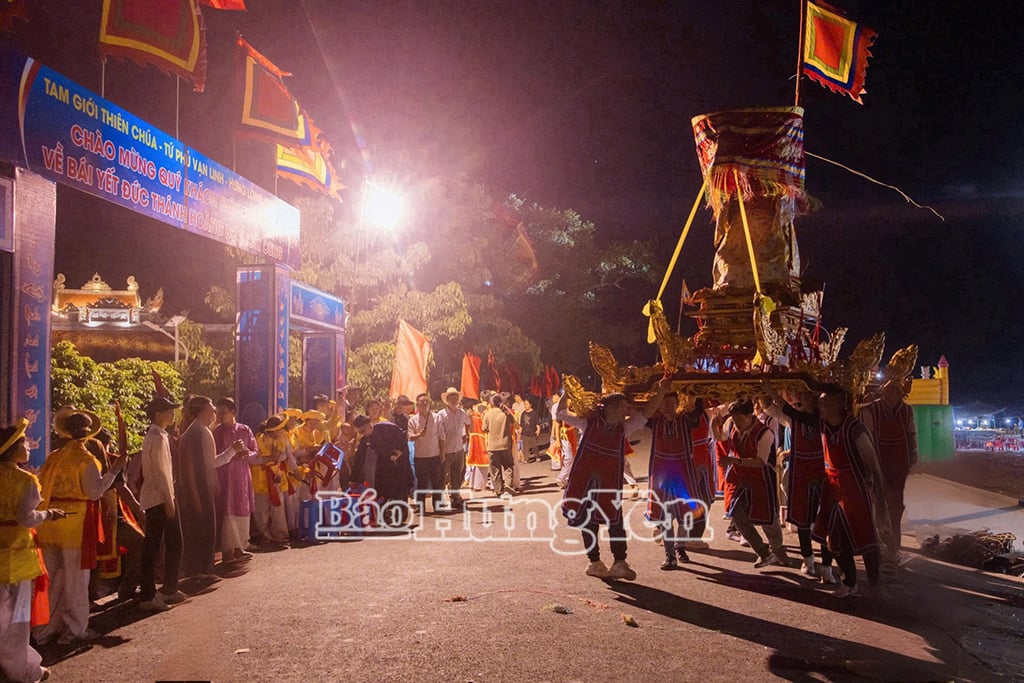
The most special feature of the festival is the water procession ceremony - the water-granting and fish-praying ceremony, simulating the journey to ask for water from the sacred source, expressing the aspirations of coastal residents for good crops and favorable weather. Along with that are traditional, solemn sacrificial rituals, expressing respect and the morality of "drinking water, remembering its source".
The festival took place with many exciting cultural, artistic and sports activities such as lion dance, dragon dance, folk song and dance performances, wrestling, tug of war, to tom diem… creating a jubilant atmosphere, connecting the community and attracting a large number of tourists.
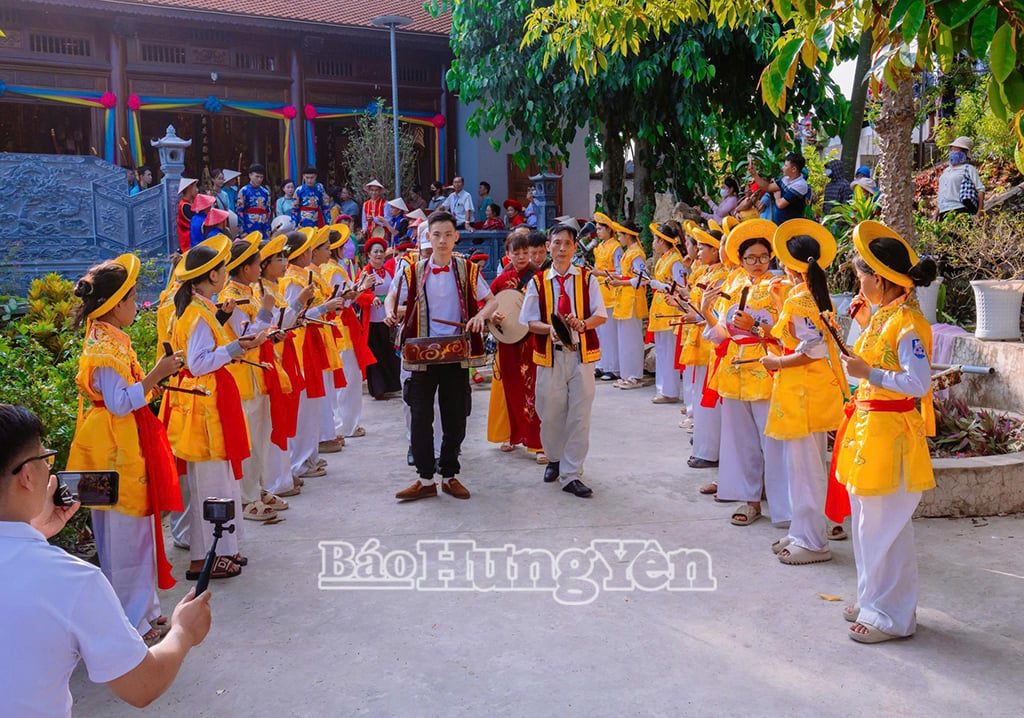
On July 6, 2025, at Hung Long Temple yard, Dong Tien Hai Commune People's Committee solemnly held a ceremony to receive the Decision to recognize Hung Long Temple Festival as a National Intangible Cultural Heritage. The recognition of Hung Long Temple Festival as a National Intangible Cultural Heritage is not only a source of pride for the local people, but also contributes to enriching the cultural heritage treasure of Hung Yen province.
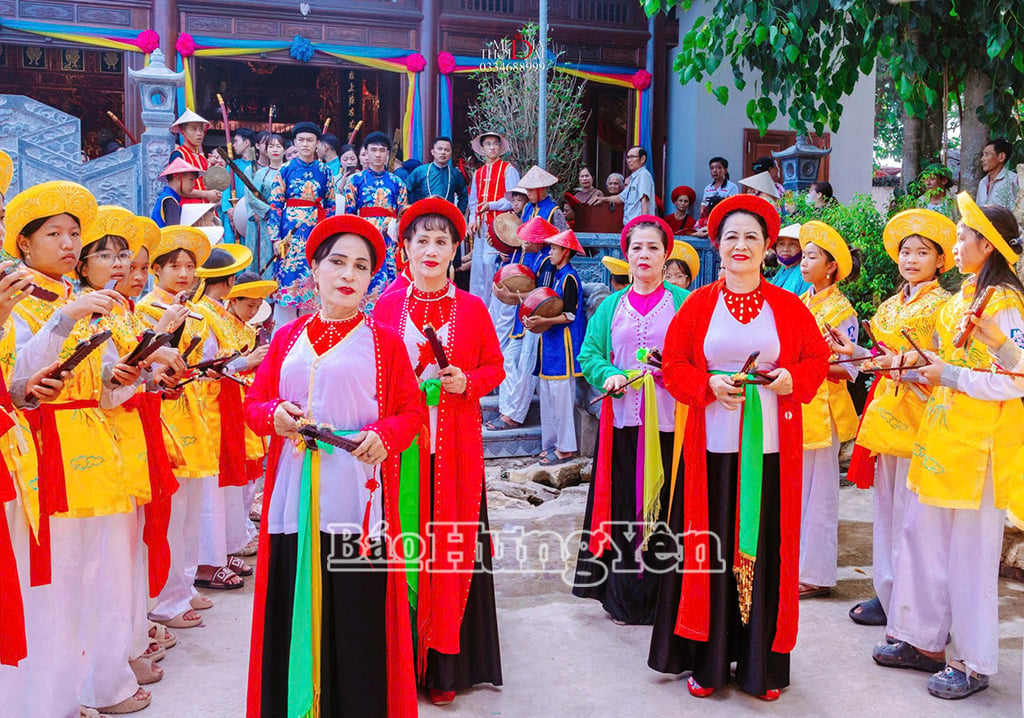
With its rich history, profound spiritual values and unique festival beauty, Hung Long Temple is not only a cultural and religious destination for Hung Yen people, but also the “soul” of the land associated with the river trade. Effectively promoting the value of cultural heritage will contribute significantly to the development of community tourism and the preservation of national identity amidst today’s modernization flow.
Source: https://baohungyen.vn/den-hung-long-dau-an-linh-thieng-vung-song-nuoc-3182525.html








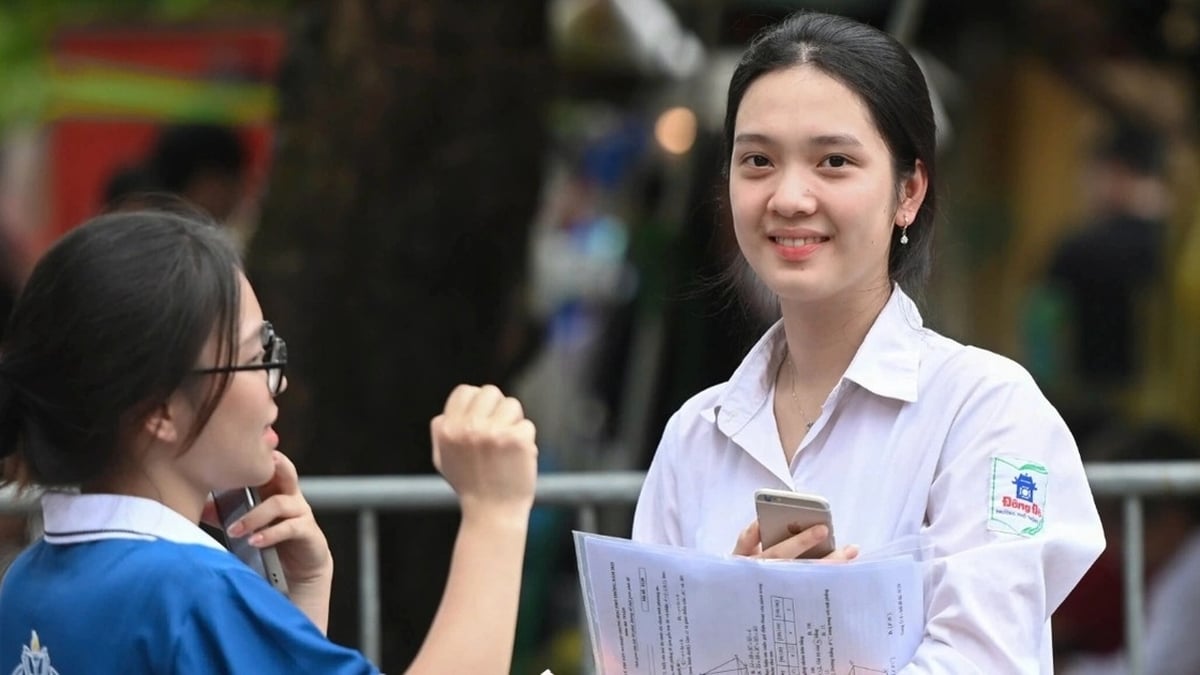


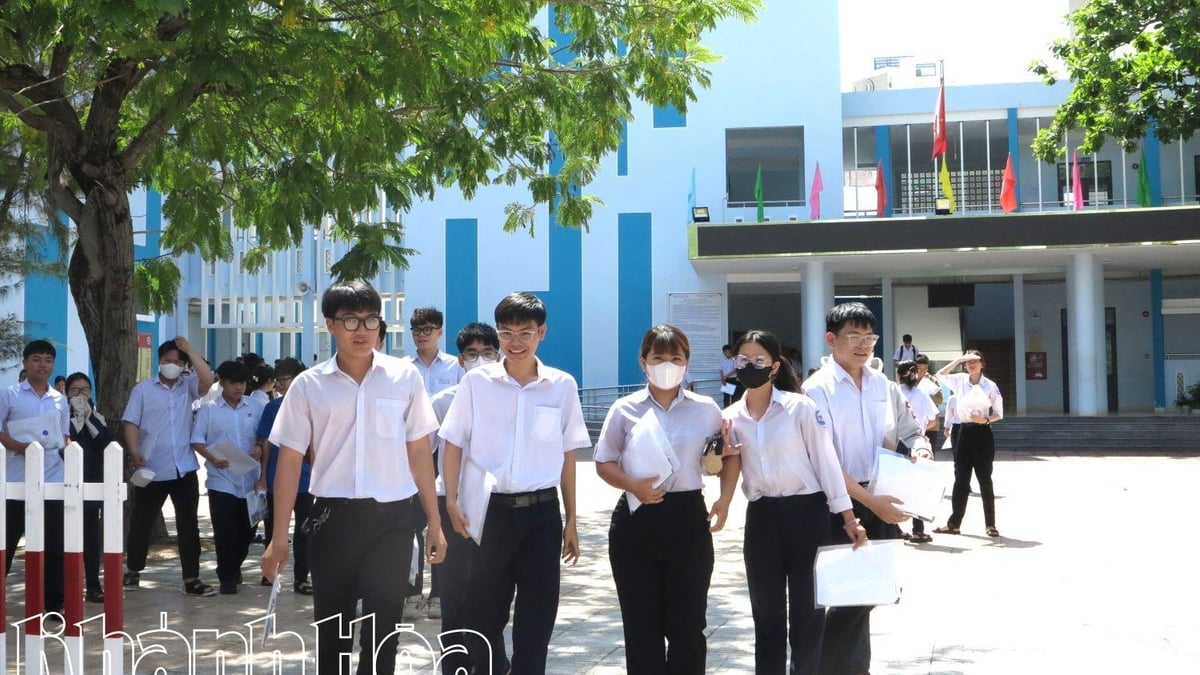



















































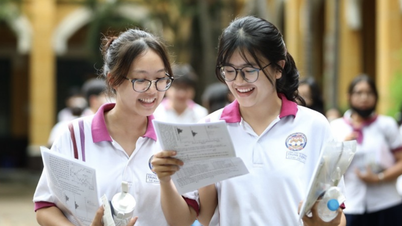
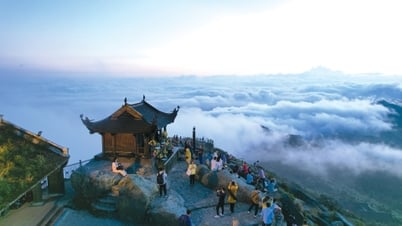



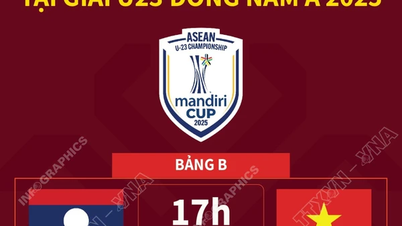






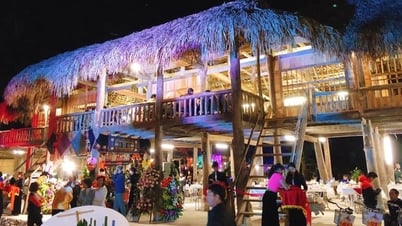

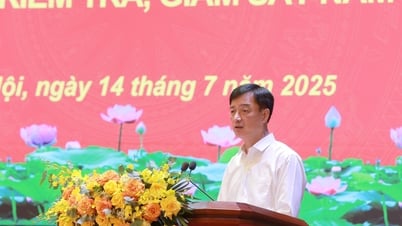




















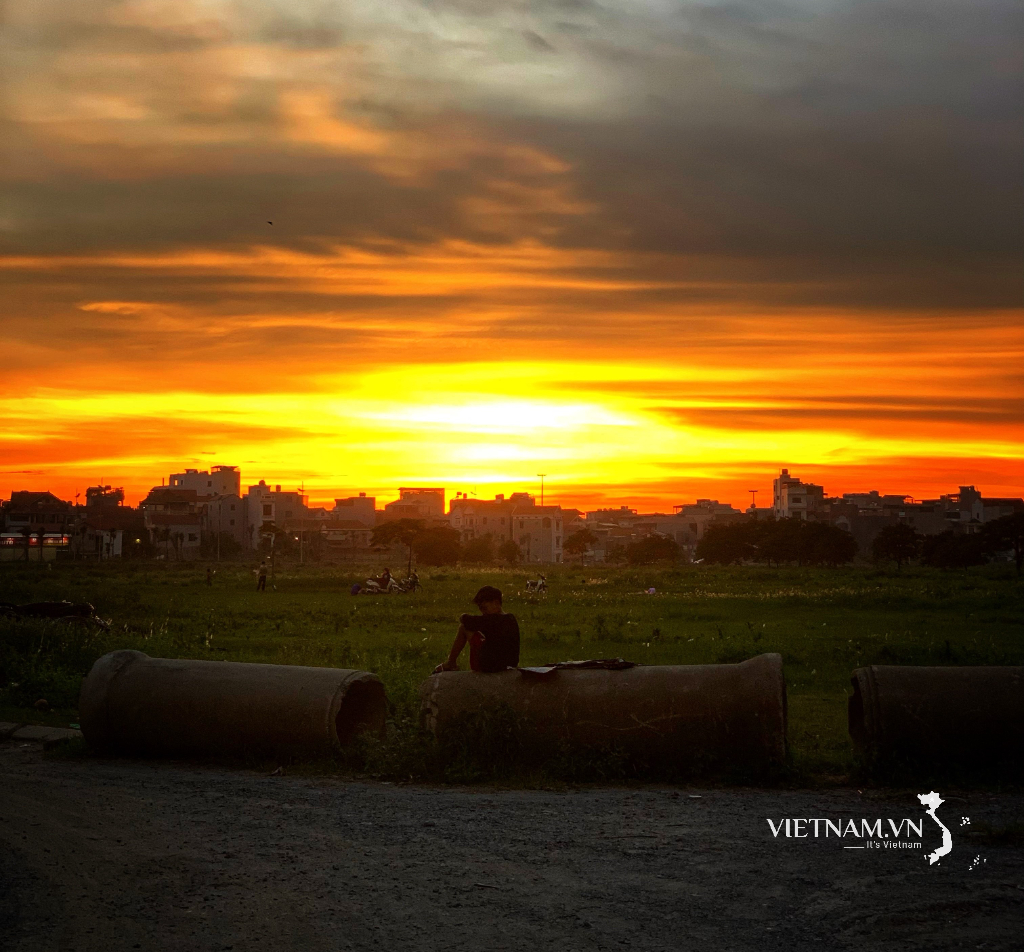
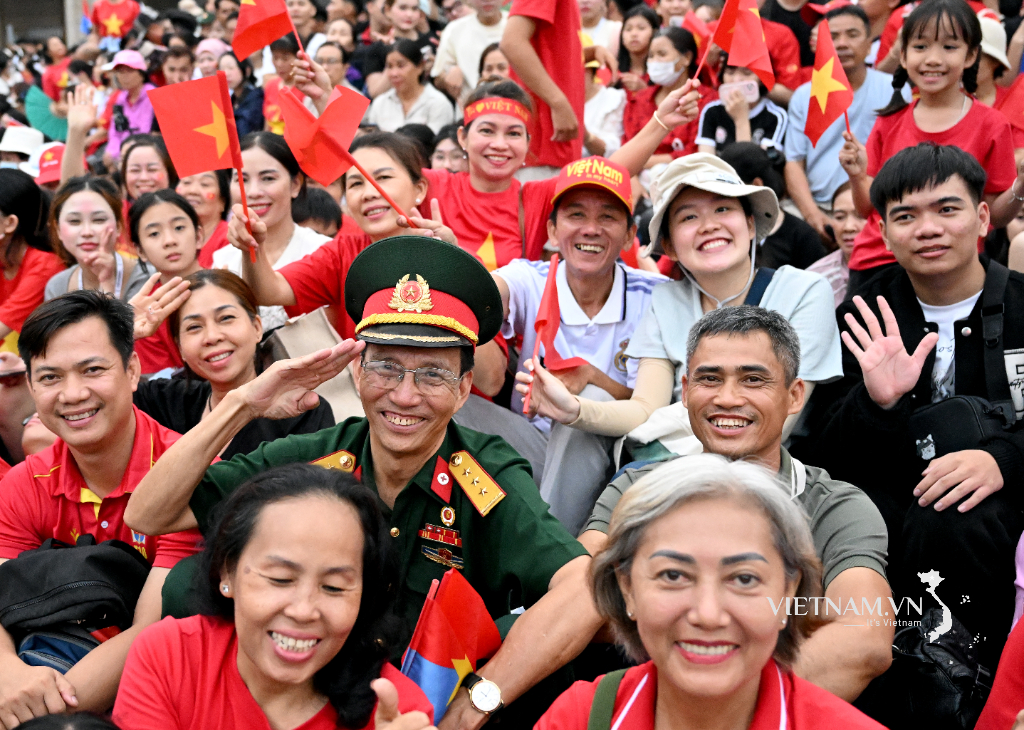

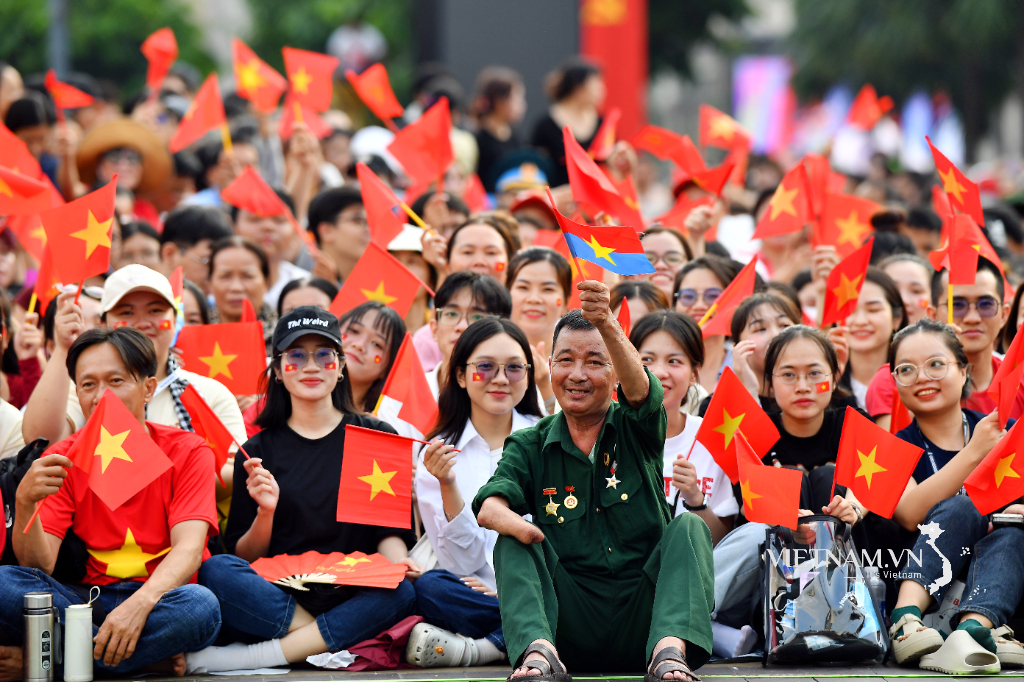
Comment (0)